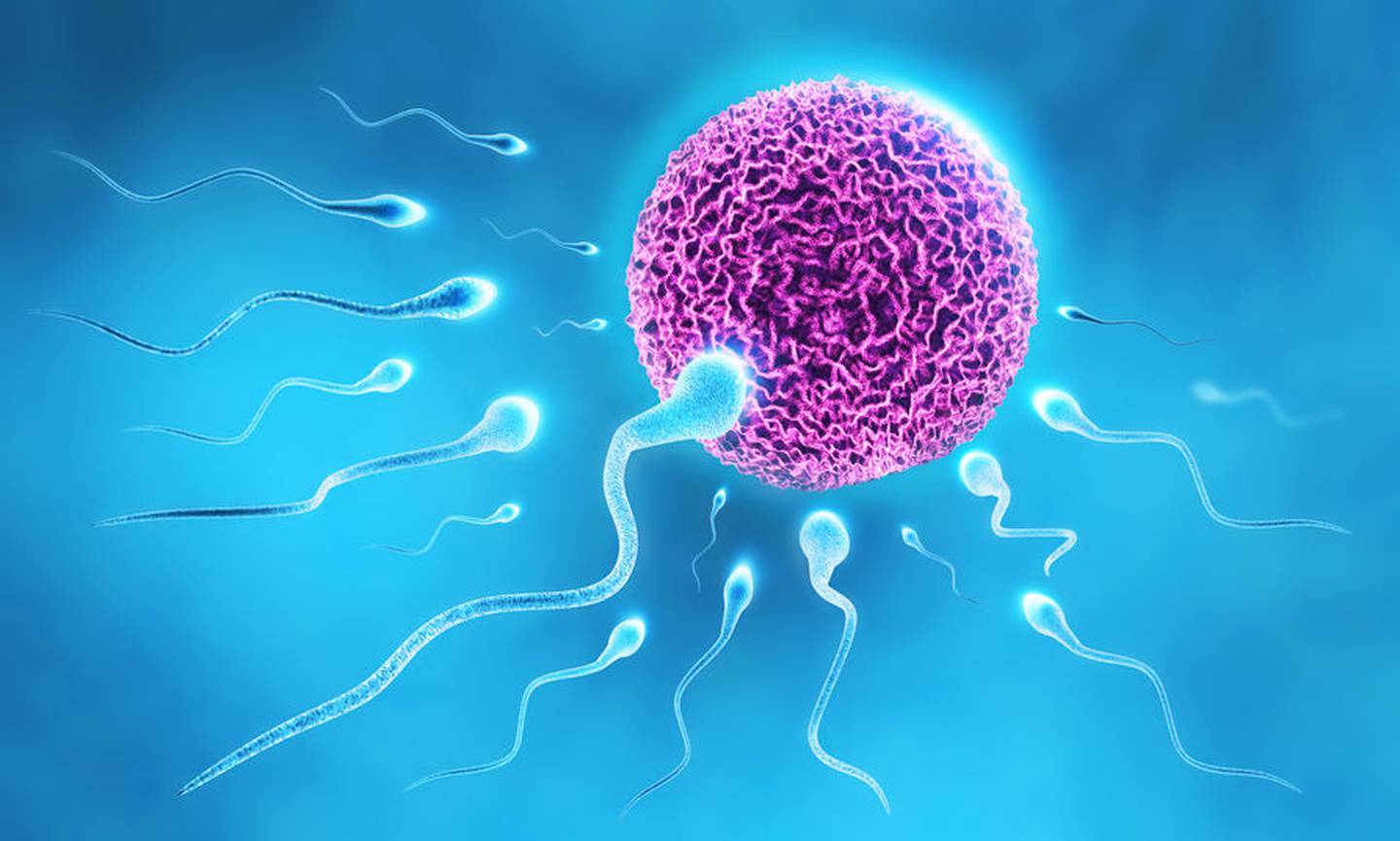Remember the days when you’d meet a stranger at a social event and one of the first questions you’d usually ask each other is along the lines of “And what do you do?” Who am I kidding? I don’t either. The pandemic has ended any semblance of normalcy for all of us.
But stay with me for a second. Try to imagine back to when no one wore masks and we actually enjoyed socializing. When I would respond that I was a women’s health educator specializing in fertility, invariably I’d get any number of questions along the lines of the following two:
Is it true that women are most fertile on Day 14?
When is a woman most fertile in her cycle?
The first one is the prevalent Day 14 myth that so many are still taught in school. And while it’s true that a woman in a particular cycle may be most fertile on Day 14, in another cycle she may be most fertile on Day 11, or even Day 18. The point is that the most fertile day is not a function of the cycle day itself, but of when in that cycle a woman ovulates. Which ties right into the second question I get so often:
When is a woman most fertile in her cycle? The simplest way to explain this is that she is most fertile on her Peak Day, the last day that she has either a lubricative vaginal sensation or produces fertile-quality cervical fluid which is typically clear and stretchy and resembles raw eggwhite. It is called the “Peak Day” because it denotes her peak day of fertility. It usually occurs within a day or two of ovulation.
Of course, if you were really paying attention, you should be wondering how you could possibly know when your last day is, since you obviously can’t know until the day after, when you are no longer wet, right? Bingo. That’s the point! Since you won’t know until the next day, you need to treat each day with wet slippery cervical fluid or vaginal sensation as your most fertile day, so that you don’t miss the optimal time to conceive!


Leave A Comment